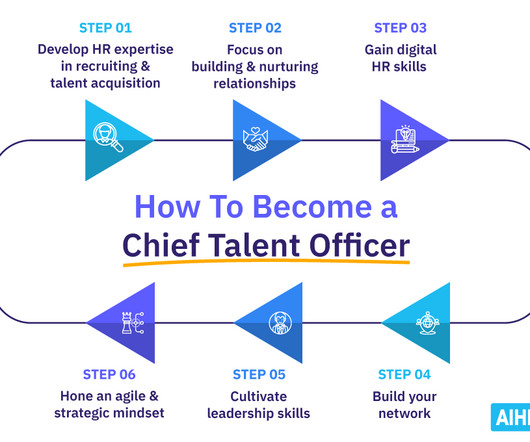Organizational Talent Pools: 4 Steps to Developing Employees
HR Bartender
JUNE 14, 2018
With unemployment rates hitting record lows, there’s lots of talk about developing internal talent. With unemployment rates hitting record lows, there’s lots of talk about developing internal talent. ” In addition, talent pools provide the flexibility needed in emerging or developing industries. Stop by and say hello!).























































Let's personalize your content